Textile Design has some pretty outstanding faculty. Assistant Professor Becky Flax recently highlighted her invasive species dye research at the American Museum of Natural History in her own words:
“As part of the peer-reviewed international Student Conference on Conservation Science, senior Jefferson College of Life Sciences (JCLS) student Abigail LaCour presented our research on the effectiveness of wineberry berries for commercial dye potential. The research team’s effort was rewarded with high praise and excellent questions from the SCCS audience.
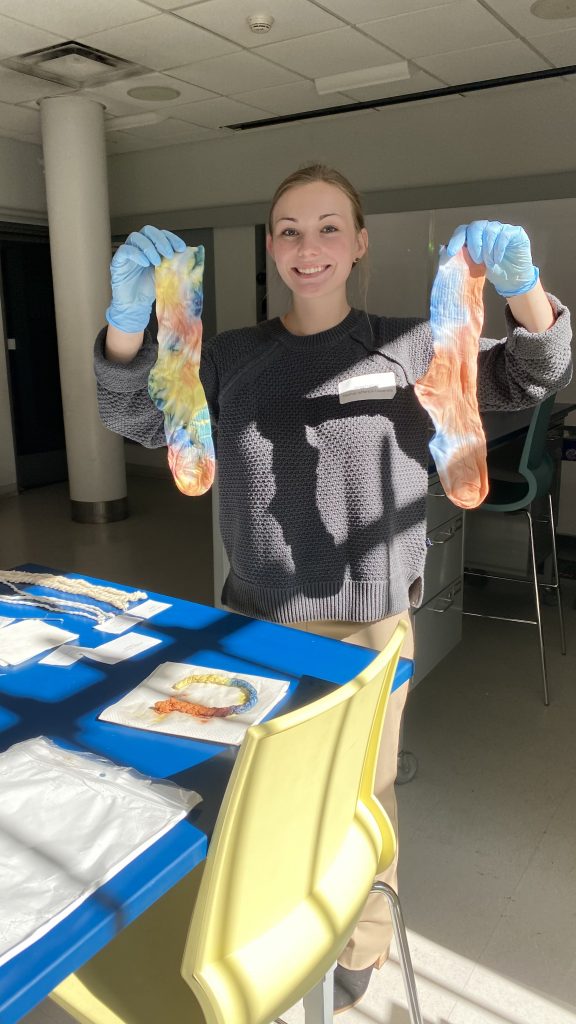
The following day, Friday, October 7th Dr. Anne Bower, Abigail LaCour, and I ran a Natural Dye Workshop at the American Museum of Natural History. We focused our demonstration on organic wool and cotton substrates without pre-mordanting to demonstrate the importance of ecologically sustainable pre-treatments for natural fibers. The materials were dyed with two common natural dyes, Indigo (Indigofera tinctorial) and Madder (Rubia tinctorum), and an invasive plant, Barberry (Berberis thunbergii). Our first manuscript published in the Journal of Natural Fibers focused on the roots of Barberry. Dye techniques like resist dyeing, painting on substrates, and exhaust dyeing was explored. Attendees were allowed to ask questions about the interactions between dye and fiber, benefits, and opportunities when dyeing with natural dyes, and how we test the fabrics to prove their fitness for use. It was a thoroughly enriching day!”
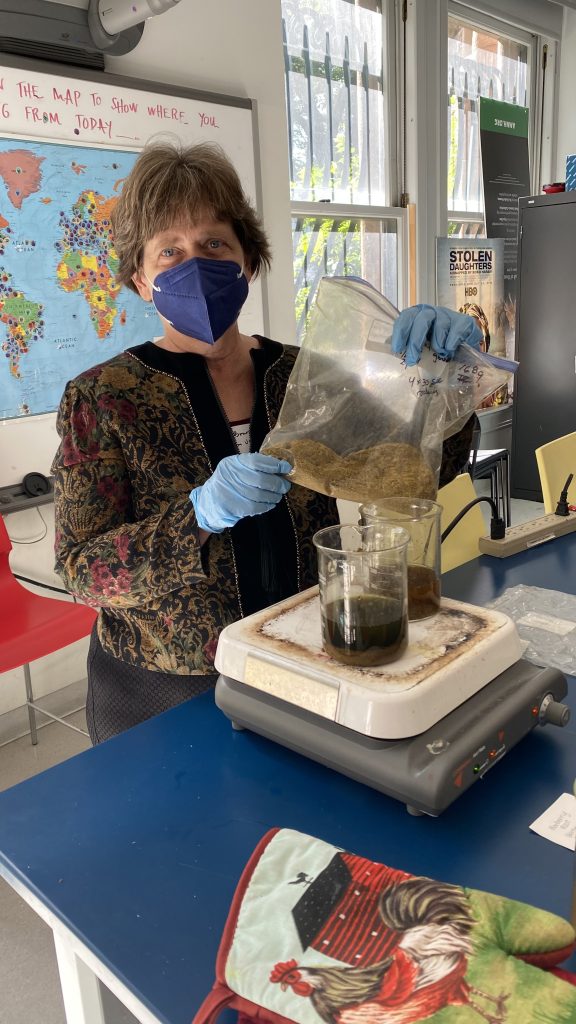
Members of this research group include faculty members Dr. Marlena Washington and Dr. John Milligan, we well as Becky Flax and Dr. Anne Bower, and student members Emily Akelaitis, Lauren Blanck, Jessica Alashoush, Zoé Berger, Samsad Jahan, and Angela Sidoti, as well as aforementioned Abigail LaCour.
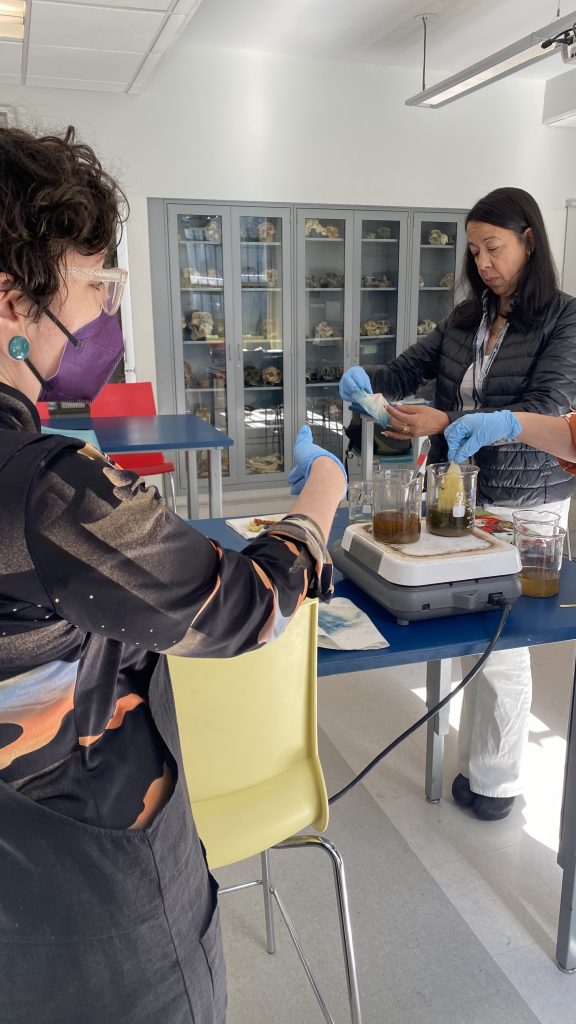
You can read more about the group’s research here!


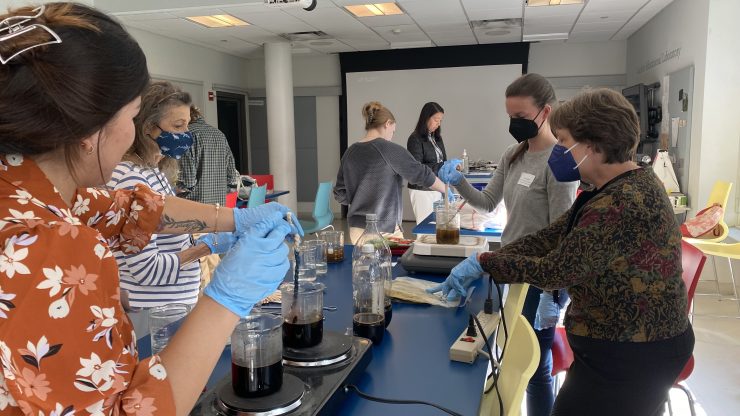
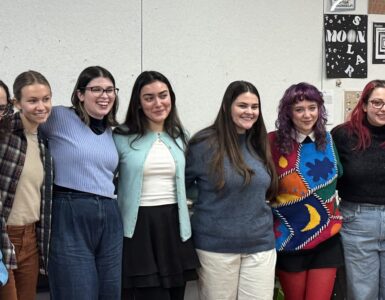
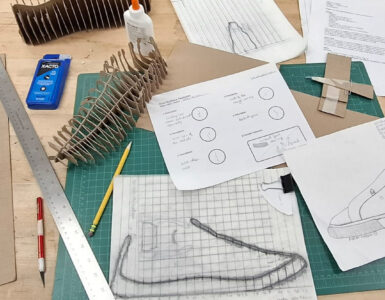
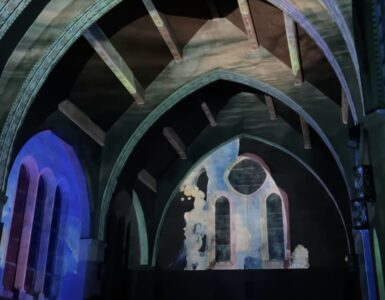

Add comment